Echosounder
An echosounder, also known as a depth sounder or echo sounder, is a device used to measure water depth by emitting sound waves and analyzing the time it takes for them to return after bouncing off the seafloor. It consists of a transducer that sends out acoustic pulses into the water and receives the echoes reflected from the bottom. By calculating the time interval between the emission and reception of the sound waves, the echosounder determines the distance to the seafloor. This data is then displayed graphically or numerically on a screen for the operator to interpret. Echosounders are essential tools for navigational safety, especially in shallow or poorly charted waters, as they provide accurate depth information to prevent grounding or collision hazards. They are widely used in various marine applications, including navigation, hydrographic surveys, fisheries research, and underwater mapping.


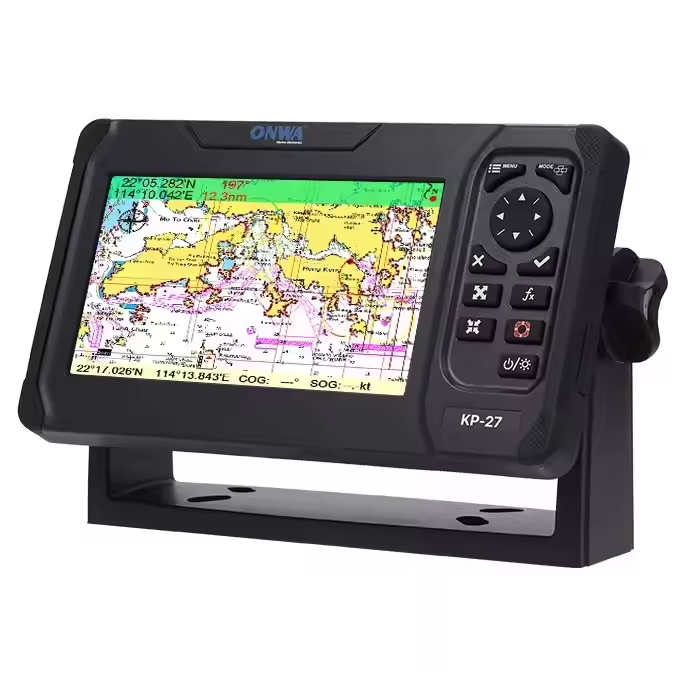
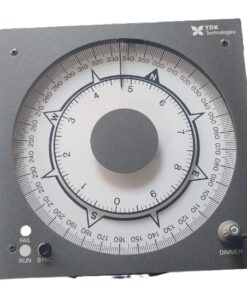
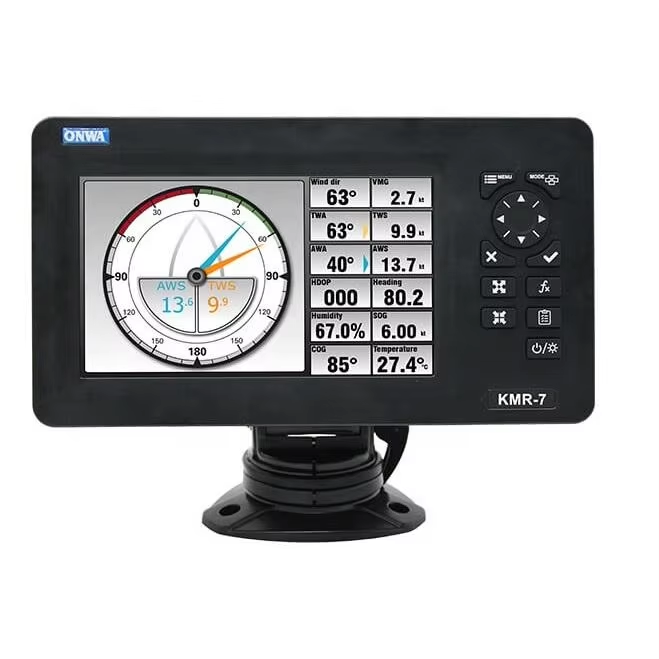
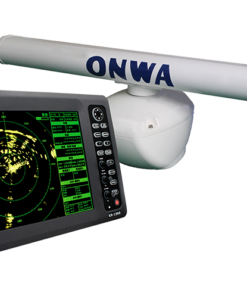
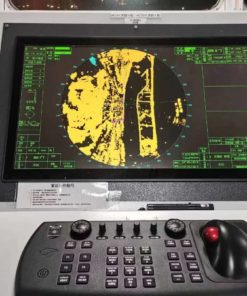
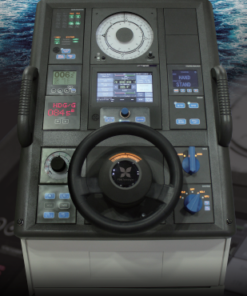
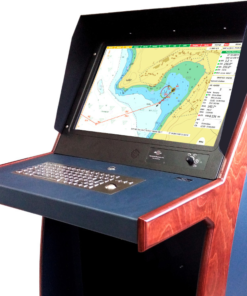
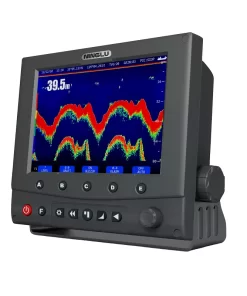
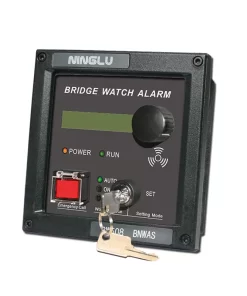
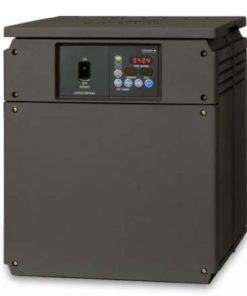
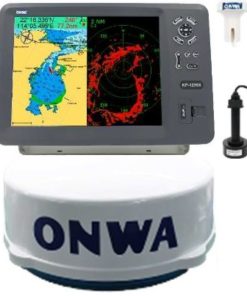
Latest Products
YDK Technologies MKN020 Gyro compass connection box
AED 3,960.0Original price was: AED 3,960.0.AED 2,850.0Current price is: AED 2,850.0.Onwa KM-8X 5-in-1 Marine Bundle Set Radome – GPS, Chartplotter, EchoSounder, AIS, Radar
8-inch GPS Chart Plotter with AIS and Radar
Onwa KM-8A (BUNDLE) 8-inch Color TFT LCD GPS Chart Plotter with Class B+ AIS Transponder MFD [BUNDLE]